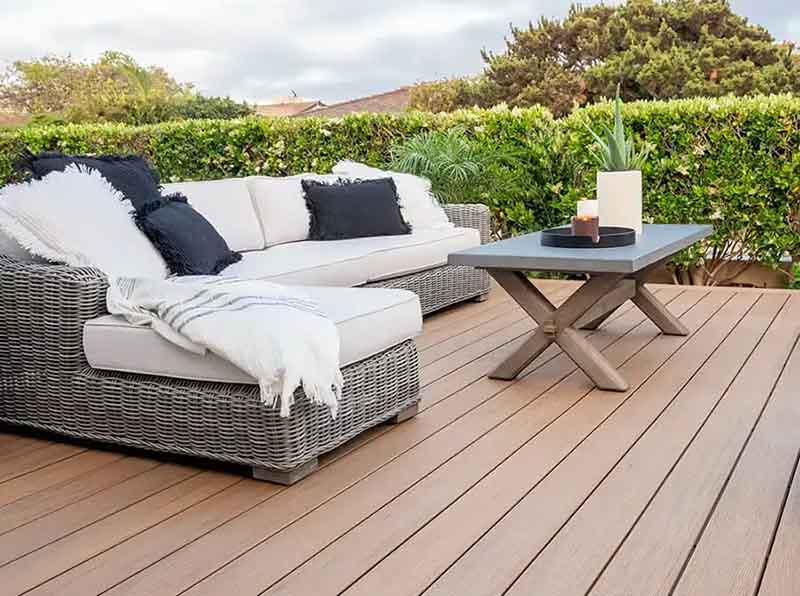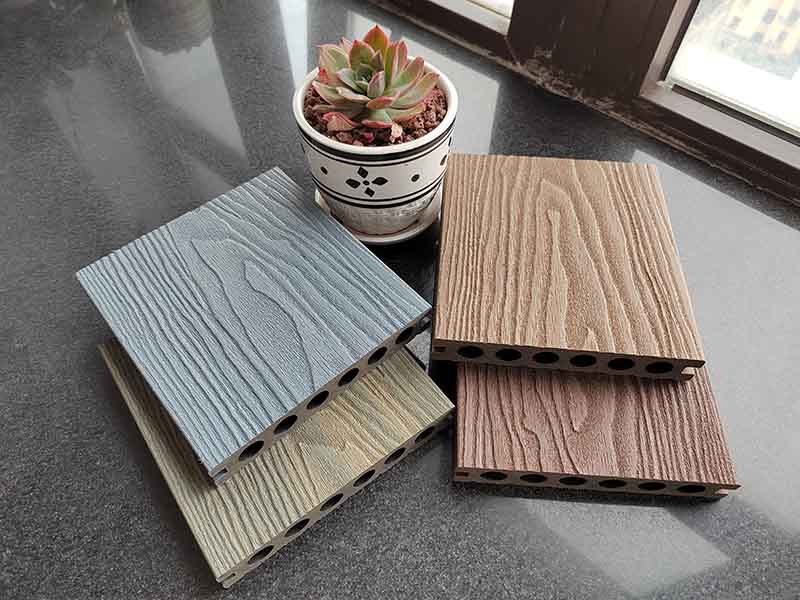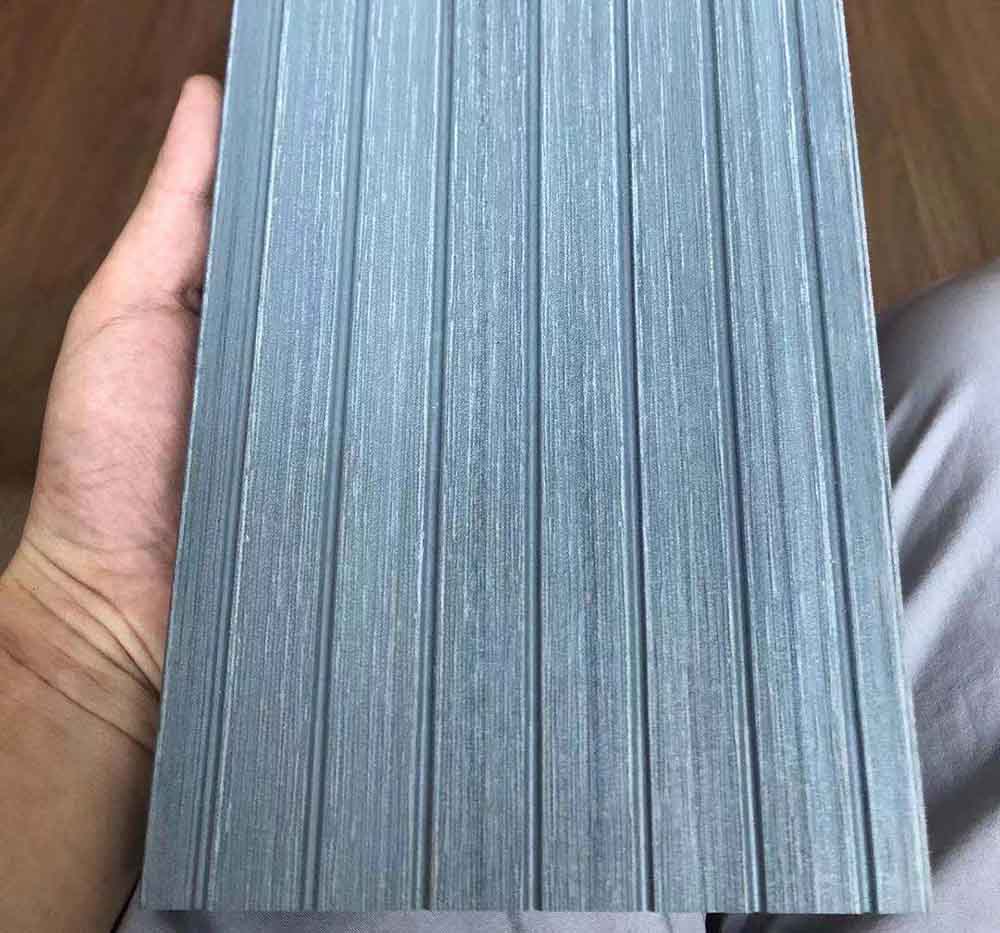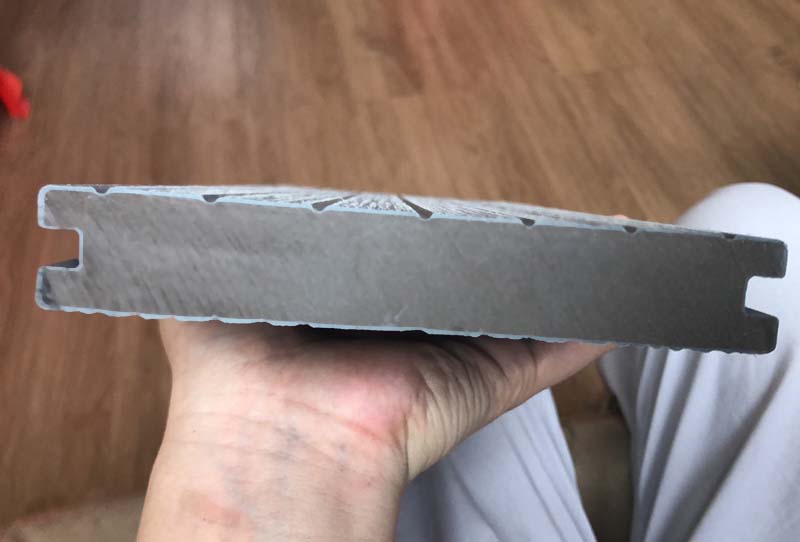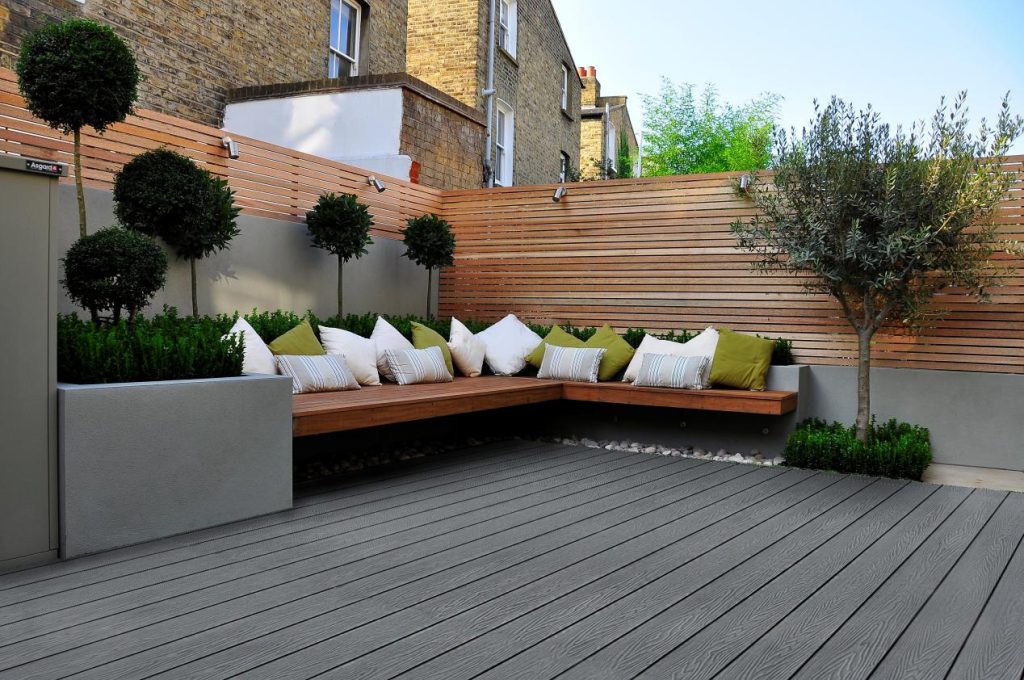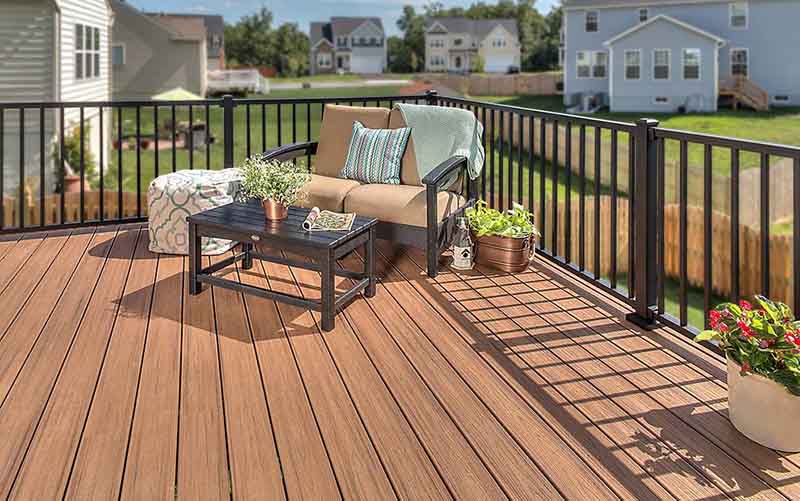
WPC decking floor has witnessed a remarkable surge in popularity as an outdoor decking material worldwide. Its allure lies in its affordability, low maintenance requirements, and impressive durability when compared to traditional wood decking. However, as the demand for these WPC decking floor solutions continues to rise, so does the range in both quality and price. This diversity can be perplexing, especially for first-time buyers. The longevity of wood-plastic composite (WPC) products can span anywhere from a few years to several decades, underscoring the critical importance of choosing the right material. In this article, we aim to equip you with a straightforward yet effective approach to rapidly assess the quality of wood-plastic decking.
Understanding the WPC Decking Floor Industry
Having been a presence for several decades now, the WPC decking floor sector is characterized by intense competition. To remain viable, manufacturers frequently resort to cost-cutting strategies. Given that production costs are relatively inelastic, the reduction of raw material expenses emerges as a primary avenue for savings. Among the pivotal constituents of WPC decking floor materials are wood fiber and polyethylene (PE).
Wood Fiber: Deciphering Particle Size
The hallmark of wood fiber quality hinges on its particle size, a variable that wields significant influence over pricing. Finer wood fiber particles, denoted by higher mesh numbers, are indicative of superior product quality. Yet, the pursuit of finer particles comes at a higher price due to extended grinding and sifting processes. Consequently, manufacturers committed to excellence tend to opt for finer wood fiber particles.
Polyethylene: Unmasking Product Excellence
Reputable manufacturers of high-quality WPC decking floors consistently adhere to the use of stable and top-tier PE particles. While the costs of PE may exhibit fluctuations, their impact on overall expenses remains modest. Conversely, some manufacturers opt for inexpensive recycled plastics, often derived from poor recycled materials with erratic compositions. This cost-driven choice exacts a toll on product strength, safety, and overall longevity. Substandard plastics compromise weather resistance, elevate water absorption rates, and ultimately truncate the product’s life cycle.
Assessing WPC Decking Floor Quality in 3 Minutes
Although the raw materials may remain concealed within the final product, the quality of WPC decking can be gauged through meticulous visual assessment. Employ these steps to swiftly ascertain the caliber of WPC decking floor products:
- Side Inspection:

- Superior-quality decking boasts sleek, smooth sides, complemented by a glossy finish and an oily touch. Furthermore, it’s devoid of any minuscule cracks.
- In contrast, inferior decking tends to exhibit rough sides, a lackluster appearance, the absence of an oily touch, and may even exhibit cracks due to inadequate PE elongation.
- Front Appraisal:

- Distinguished by a sleek front surface and a glossy finish, high-quality decking showcases no sense of wood fiber particles.
- Conversely, low-quality options present a coarse, rough front, coupled with a dull appearance. They often incorporate large wood powder particles with disparate sizes and uneven distribution.
- Cross-Section Scrutiny:

- Premium decking materials feature a robust texture, coupled with a glossy finish. You can not see any wood powder particles.
- On the contrary, inferior decking materials reveal a loose texture, a subdued luster, and the presence of large wood powder particles. These particles tend to vary in size and distribution, often accompanied by noticeable wood fibers.
Conclusion
The selection of suitable wood-plastic decking material stands as a pivotal decision for those seeking a long-lasting and aesthetically pleasing outdoor space. By concentrating on key visual indicators such as side smoothness, front appearance, and cross-section texture, you can promptly decipher the quality of wood-plastic products. Gaining insight into the role of particle size in wood fiber and comprehending the significance of quality PE particles empowers you to make an educated choice. Whether you’re embarking on your maiden purchase or endeavoring to enhance your outdoor environment, these insights will serve as your compass towards a judicious and enduring investment.
